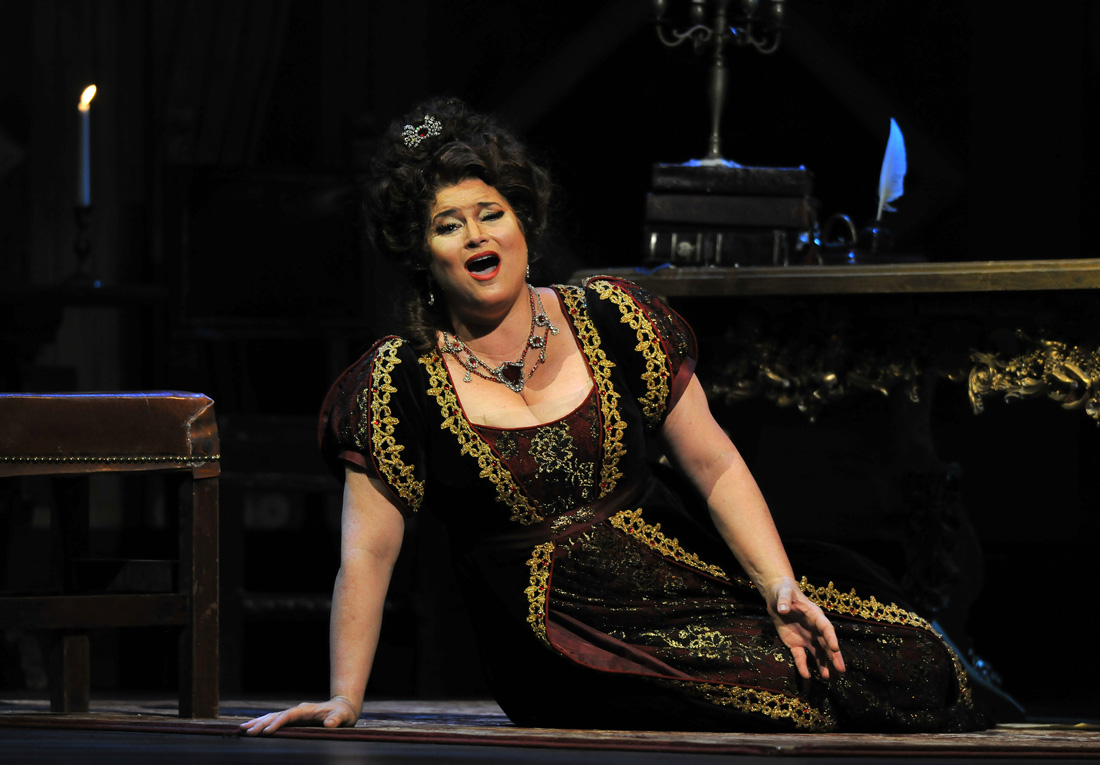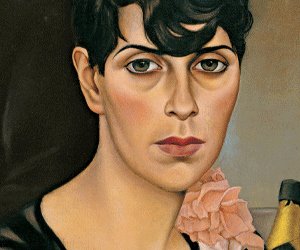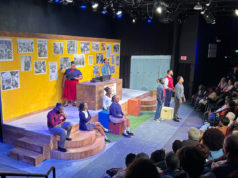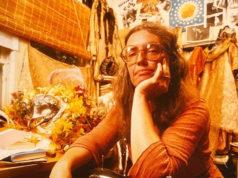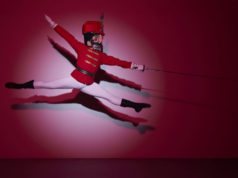Fort Worth Opera kicked off its 2012 festival on Saturday at Bass Performance Hall with a performance of Puccini’s Tosca, a three-act work that epitomizes grand opera: lots of romance, politics, art, violence, and death. And ornate sets and costumes. And choirs. And epic music. The company’s production was superlative in every aspect –– vocally, musically, technically, emotionally. The worst that could be said is that at the beginning of Act III a concertgoer’s cellphone rang for a brief moment.
This Tosca is the festival’s only grand opera, underlining the company’s mission to provide a varied program each year. The other three productions range in style from opera buffa (Mozart’s The Marriage of Figaro) to contemporary (Jake Heggie’s Three Decembers) to a contemporary take on a classic yarn (Mark Adamo’s Lysistrata). Tragically hip observers may believe the company continues serving up the classics year after year to satisfy richer, older supporters –– FWO performed Tosca in 2005. But the classics are classics for a reason.
As soon as the curtain opens, the transportive mood takes hold, thanks to scenic designer Andrew Horn’s rendering of the interior of an Italian cathedral. Replete with altar, arched entryways, paintings, and — scrolling across the elevated flat surfaces — Latin inscriptions, the set is composed of muted shades kissed by some colorful strategic lighting. The opera takes place in Rome in June 1800, not long after Napoleon’s forces have pulled out of the city, leaving it to the oppressive Italian troops. The enlightened townsfolk’s resistance to military control is never seen but is felt throughout.
Soprano Carter Scott, a spicy, zaftig brunette, reprised her 2005 role on Saturday as Floria Tosca, a famous local singer in a relationship with painter Mario Cavaradossi, sung masterfully here by tenor Roger Honeywell (Don José in FWO’s Carmen). Hired by the church to paint Mary Magdalene in the chapel, Cavaradossi has taken as his muse not Tosca but a young, blue-eyed blonde woman who had been visiting the church ostensibly to pray. And pray. And pray some more. After an escaped political prisoner, Angelotti (bass-baritone Thomas Forde), lands on the church doorstep at night, seeking refuge from the search party –– the fired cannon in the distance signals the pursuit –– the seemingly pious woman is revealed to be Angelotti’s sister, who in between prayers has secretly left a disguise for him in the chapel. Cavaradossi, working late and sympathetic to the resistance, chooses to help the escapee. Police chief Baron Scarpia (baritone Michael Chioldi, also reprising his 2005 role) begins sniffing around, eager to untangle the subterfuge while at the same time hoping to conquer Tosca, just another woman for him to sample like so many fine wines.
The production was fanciful but powerful, and director Daniel Pelzig teased out nuanced performances from his young but fully talented cast. Joe Illick conducted the dynamic Fort Worth Symphony Orchestra with a mix of grace and bombast, befitting the opera’s emotional roller coaster.
Along with Puccini’s other classics, La Bohème and Madama Butterfly, Tosca has been performed in opera houses throughout the world for more than a century and probably will be forever. The musical language fuses the then-new style of through-composition –– in which just about every word is sung rather than spoken –– and Wagnerian form. Like Wagner, Puccini relies on sonic leitmotifs here to underline characters and, by extension, suggest their presences even when they’re offstage.
The opera derives its fuel from the sparks off Tosca, Cavaradossi, and Scarpia. Each performer luxuriated in the spotlight when it came to him or her, starting with Honeywell, who nailed the first of the grand tunes, “Recondita armonia,” his thick and booming sustained B flat conjuring up images of no lesser operatic lights than Pavarotti and Domingo.
Unfortunately, Cavaradossi spends pretty much the entirety of Act II imprisoned and battered (and offstage), leaving the bulk of the proceedings to Scarpia. Baritone Chioldi’s voice was uneven, sometimes healthy and resonant and other times barely audible. Considering the shadowy nature of the character, though, the singer’s approach may have been intentional.
Soprano Scott chewed the scenery lovably and skillfully, shedding and donning emotions as if they were mere costumes and attacking the bristling coloratura passages with fiery abandon. She threw everything into the role, at one moment flirting with her lover and at another seething with rage at the police chief, her high notes sparkling along the way. At one point, she lay beneath Scarpia, on a table on her back, which had zero effect on the potency of her delivery. She and the thin, fair-complexioned Honeywell did not necessarily look the part of a starry-eyed Italian couple, but their duets (and body language) never let the superficial incongruity linger for long.
The curtain lifted on the third and final act to reveal a star-dappled nighttime sky above a castle’s ramparts –– a huge statue of the winged archangel Michael unsheathing his sword faced the twinkling darkness, and soldiers milled around. The action finally returned from Scarpia to Cavaradossi, and Honeywell seemed as fresh as he had been in the first scene, tackling two tricky arias and, with Scott, the final song with impeccable tone, pitch, and color.
The performance was as sumptuous as it was monumental and bodes particularly well for Fort Worth Opera. The house was nearly packed, and the Sunday production, of Three Decembers at the much smaller Scott Theatre, was also near capacity. Joy Partain, company director of marketing and communications, is “cautiously optimistic,” she said. “We’re on target to have a good festival.”
[box_info]
Fort Worth Opera’s Tosca
2pm Sun; 7:30pm Fri, May 25; and 7:30pm Sat, Jun 2, at Bass Performance Hall, 555 Commerce St, FW. $18-180.
817-731-0833.
[/box_info]



